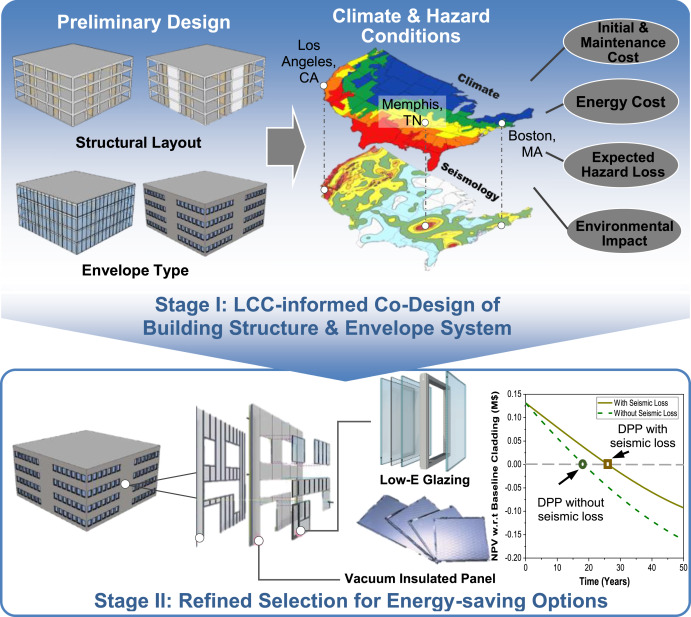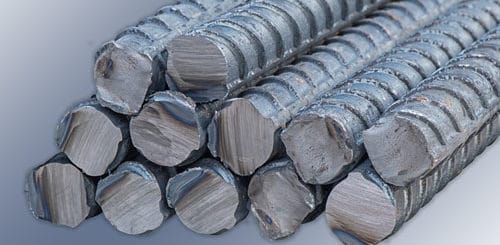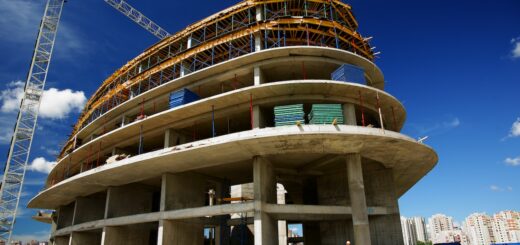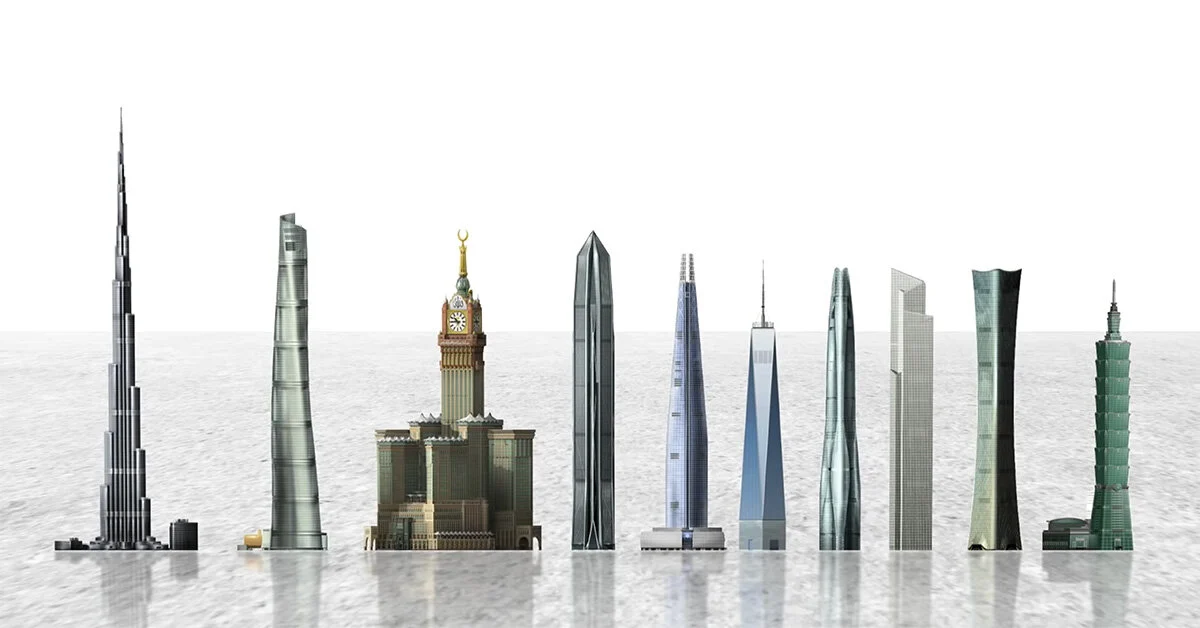Energy-Efficient Building Envelopes
In the ever-evolving world of architecture and construction, energy-efficient building envelopes have emerged as a pivotal aspect of modern building design. These innovative solutions not only redefine the aesthetics of structures but also significantly contribute to reducing energy consumption, lowering utility bills, and promoting a greener environment.
Energy efficiency is at the forefront of contemporary design and construction practices. The focus on energy-efficient building envelopes has never been more crucial, as buildings are responsible for a substantial portion of global energy consumption and greenhouse gas emissions. In this article, we will explore the concept of energy-efficient building envelopes and delve into the principles, materials, and technologies that make them a game-changer in the construction industry.
What is a building envelope?
The building envelope is a fundamental component of any structure, serving as its outer shell. It comprises the walls, roof, windows, and doors, collectively forming a boundary between the conditioned indoor space and the external environment.
The primary purpose of the building envelope is to protect occupants from the elements while maintaining a comfortable indoor climate.
An energy-efficient building envelope goes beyond this fundamental role. It integrates high-performance materials and design strategies to minimize heat transfer, air infiltration, and moisture penetration.
Achieving energy efficiency requires a holistic approach that considers insulation, airtightness, and thermal bridges.
Benefits of Energy Efficiency
Lower energy bills
The advantages of an energy-efficient building envelope extend beyond simple energy conservation. By reducing the transfer of heat in and out of the building, these envelopes contribute to significantly lower energy bills. In well-insulated structures with proper airtightness, heating and cooling expenses can be reduced by as much as 20-30%.
Reduced carbon footprint
The environmental implications of energy efficiency are substantial. If we reduce the energy consumption a lower carbon footprint can be achieved. By decreasing the energy demand for heating, cooling, and lighting, energy-efficient building envelopes play a pivotal role in mitigating climate change and reducing a building’s overall environmental impact.
Image Source: Internet
Design Principles
Designing an energy-efficient building envelope involves a careful consideration of various principles. Few of important aspects are discussed herein and the principles are not limited to considerations mentioned here.
Proper insulation
Effective insulation is critical in preventing heat transfer. High-quality insulation materials such as spray foam, fiberglass, and cellulose are strategically placed within the envelope to minimize heat loss during winter and heat gain in summer.
Airtightness
An airtight building envelope minimizes the infiltration of outside air. This reduces the need for continuous heating or cooling, leading to energy savings and enhanced occupant comfort.
Orientation
The orientation of a building in relation to the sun and prevailing winds is crucial. An energy-efficient design harnesses natural resources for heating and cooling, optimizing the use of daylight and passive solar heating.
Materials and Technologies
The quest for energy efficiency has spurred innovation in building materials and technologies. Few of the materials and technologies are as follows.
High-performance windows: Energy-efficient windows are designed to reduce heat transfer while allowing natural light to enter. Double or triple glazing and low-emissivity coatings are common features.
Smart insulation materials: New insulation materials, like aerogel and phase-change materials, offer enhanced thermal performance. These materials adapt to changing temperatures, optimizing energy usage.
Green roofs and walls: Vegetated roofs and walls are eco-friendly options that improve insulation, reduce stormwater runoff, and enhance a building’s aesthetic appeal.
Regulations and Certifications
Building codes
Energy efficiency regulations and building codes are continually evolving to meet environmental goals. These regulations stipulate minimum standards for insulation, airtightness, and overall building performance. Compliance with local building codes is essential to ensure your building envelope meets these standards.
Energy-efficient certifications
Certifications like Leadership in Energy and Environmental Design (LEED) and ENERGY STAR provide a standardized way to assess and recognize energy-efficient buildings. Achieving these certifications showcases your commitment to sustainability and energy efficiency. To obtain these certifications, you must adhere to specific criteria related to the building envelope’s performance and design.
Expanding on these sections provides a more comprehensive understanding of energy-efficient building envelopes, their benefits, design principles, materials, and technologies, and the importance of adhering to regulations and certifications in achieving energy efficiency.
In conclusion, energy-efficient building envelopes represent a transformative approach to modern architecture. By reducing energy consumption, lowering costs, and promoting sustainability, they are an essential part of our journey towards a greener and more energy-conscious future.
FAQs
Q1: What is the role of insulation in an energy-efficient building envelope?
A1: Insulation is vital in maintaining a stable temperature within the building. It helps in reducing heat loss during winter and heat gain during summer.
Q2: Are energy-efficient building envelopes only suitable for new construction?
A2: While they are often integrated into new construction, energy-efficient building envelopes can also be retrofitted into existing buildings to improve their energy performance.
Q3: How can I find builders experienced in energy-efficient construction?
A3: Look for builders who have experience with green building practices and hold certifications in energy-efficient construction.
Q4: Do energy-efficient building envelopes require specialized maintenance?
A4: They may require specific maintenance, such as regular checks for airtightness and insulation effectiveness, but the overall maintenance is typically similar to standard buildings.
Q5: What are some government incentives for energy-efficient building projects?
A5: Many governments offer tax incentives, rebates, and grants to encourage energy-efficient construction. Check with your local authorities for available programs.




